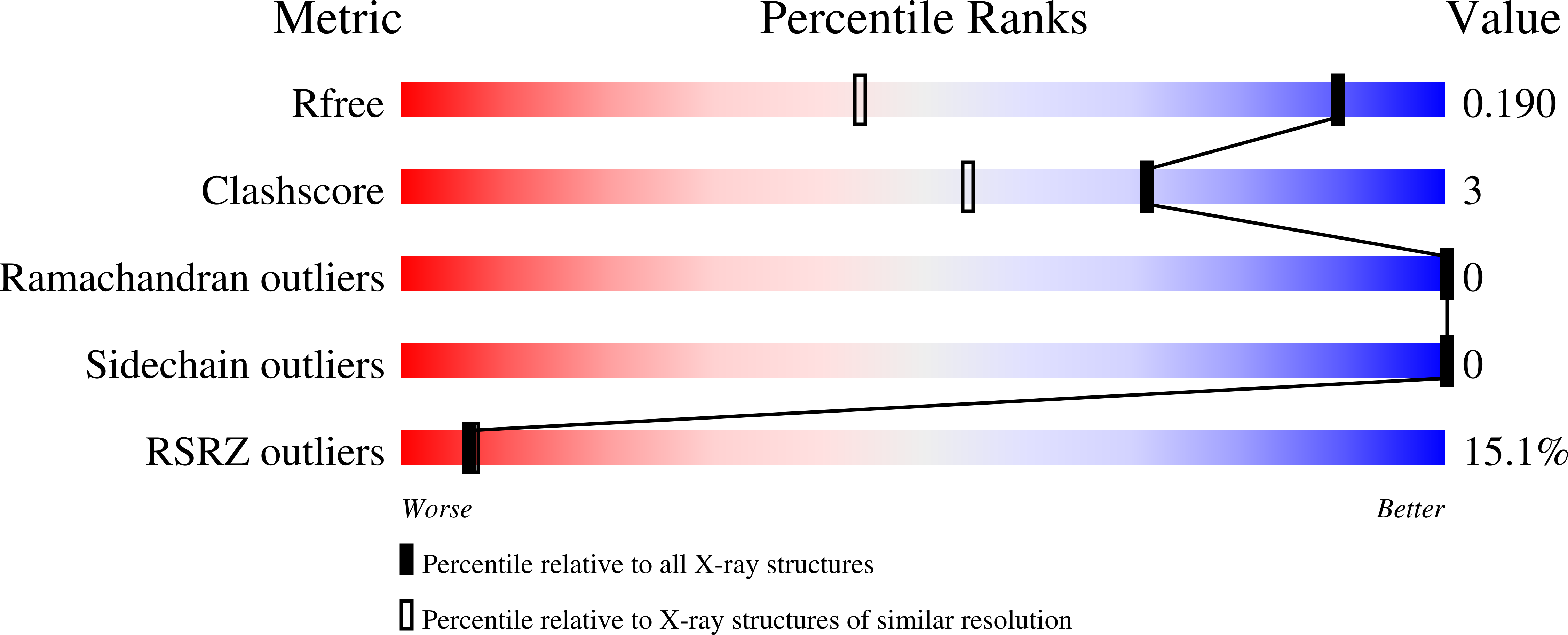
Deposition Date
2024-11-21
Release Date
2025-08-06
Last Version Date
2025-08-06
Entry Detail
PDB ID:
9EG9
Keywords:
Title:
Crystal structure of human dihydroorotate dehydrogenase in complex with lapachol
Biological Source:
Source Organism:
Homo sapiens (Taxon ID: 9606)
Host Organism:
Method Details:
Experimental Method:
Resolution:
1.31 Å
R-Value Free:
0.17
R-Value Work:
0.17
R-Value Observed:
0.17
Space Group:
P 32 2 1


